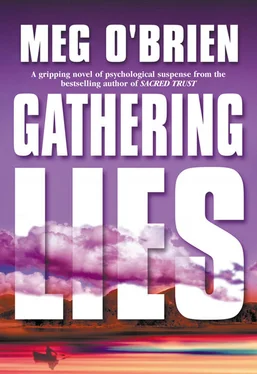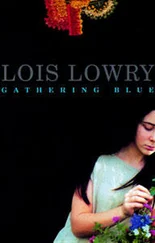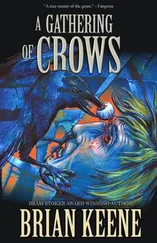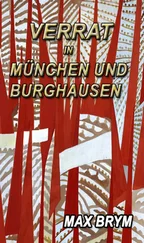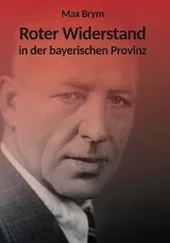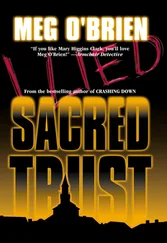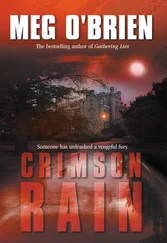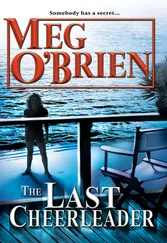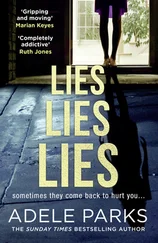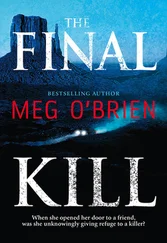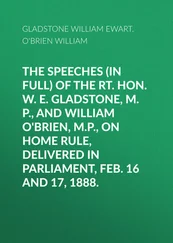It happened while we were at Thornberry—I and the other women. I didn’t, at that point, know the real reason I’d been lured there—for that’s the way it turned out, I was lured there. Nor did I know, in my mind, why I’d accepted the invitation. I only knew I was on the run: from a broken heart, a lost job, and a life that was in shambles.
The invitation to Thornberry, a writer’s retreat on a tiny, private island in the San Juans, came by way of a friend at Seattle Mystery Bookshop, near the rather humble apartment I had lived in for years. When Bill Farley told me the invitation originated with Timothea Walsh, my response was immediate and positive.
“I know Timothea,” I said. “I spent summers on Esme Island as a teenager. My parents and I stayed at her bed-and-breakfast.”
“She’s turned it into a writer’s colony now,” Bill told me. “I hear she likes helping beginning writers, and most of the time they have to apply. This is something new she’s starting, where she invites women only, published or not, for one month out of the year. Everything’s paid for, room and board. All you have to do is show up.”
“But she can’t have asked for me, specifically,” I said, puzzled. “How did she know I was writing a book?”
“Maybe she read about it somewhere?” Bill said, a brow rising. “The papers, maybe?”
Good point, Bill. I’d been a high-profile public defender in Seattle until my arrest in January for drug possession. The local media made that hot news, splashing it all over the papers and television—which made sense, since my defense was that I’d been set up by a cabal of crooked Seattle cops. In the midst of all the media furor, someone had leaked the information that I was going for revenge by writing a book blasting the justice system, and the Seattle police in particular.
That “someone” was almost certainly my agent, Jeannie Wyatt, not that she’d admit it in a million years. Shortly after that, though, offers rolled in. From that point on, my fate as a writer—at least for a year or so if I turned out to be only a “one-book wonder”—was sealed. A bidding war began, ending forty-eight hours later in seven figures.
I’d become an overnight sensation—the Great White Hope of a New York publisher threatened with potential bankruptcy and unprepared for the advent of on-line publishing, e-books, print on demand. Rife with paranoia, they’d already dumped most of their mid-list writers, and were placing all their bets on a hot new blockbuster.
My book, someone high up had decided, would be blockbuster enough to hit the New York Times bestseller list.
And I hadn’t yet written a word.
As for Timothea, it did not surprise me that she’d turned her B&B into a writer’s colony. It was Timothea who first inspired me to write, sitting at her cherry-wood dining room table in the big white house, while everyone else was out on the beach or hiking around the island.
Tiny and remote, there was never much to do on Esme Island but swim and hike. I’d linger behind, my nose in a book, and one day Timmy—as she asked me to call her—sat me down with a pad and pencil and told me to write. She saw something in me back then, something I was too absorbed in being a teenager to see.
Later, when I took legal writing in law school, I began to recognize a few stirrings of potential in that direction. It wasn’t until after the arrest last January, however, that I seriously thought of becoming a scribbler for a living.
A ludicrous thought, an oxymoron for most struggling authors—writing for a living. But once convicted and sentenced for drug possession—if that was the way it turned out at trial—there was little chance I’d ever be a lawyer again.
Some days, at least when the sun shines, I sit here in the bay window of my parents’ house, at my father’s desk, and look out at ships going by on Puget Sound. Before me is the Space Needle, high-rise apartment buildings, sparkling blue water and islands with lush green forests. A halcyon scene. A scene I grew up loving, with great hopes to one day be part of it, to leave my mark on it, doing nothing but good.
How then, could things have gone so wrong?
Fresh out of law school fifteen years ago, at twenty-five, I still had some of those wildly heroic ideas law students get about saving the world. Growing up, I’d watched my father defend corporate raiders and tax cheaters at Sloan and Barber. It was always expected I’d follow in his footsteps. Then, as children will, I’d opted to do the opposite with my fine new degree and become a public defender.
This was not entirely to spite my father, who had hoped I’d one day be a partner at Sloan and Barber, a daughter he could show off at the country club, since he’d never had a son. I actually considered S&B for a while, but in law school I’d begun to hear about innocent people who’d been jailed for crimes they didn’t commit. Many lingered in prison ten, twenty years, while life outside the walls passed them by. Their children grew up, their wives or husbands moved on.
It was something that saddened and even frightened me. The idea that someone who had done nothing wrong could be yanked from his or her home, charged with a crime, and sent to prison for years—even life—sent chills down my spine. It smacked of Nazism, innocent people being dragged off into the night. I think this frightened me because I knew that if it could happen to one, it could happen to all.
My fear was theoretical in nature, back then. I couldn’t have known that one day it would happen to me. Unless, of course, it’s true that we come in “knowing” at some level what our life will be—thus explaining, for some, the kind of choices we make.
It was the advent of DNA as a means of identification in criminal cases that finally freed me of some of those fears. DNA had been discovered in 1870 by a chemistry student named Friederich Miescher, but no one realized its full potential back then. It wasn’t until the 1950s that deoxyribonucleic acid was discovered to carry genetic material from one generation to the next. Now, as everyone knows who watched the O.J. trial, it’s commonly used in criminal cases, much like fingerprints, to prove a person guilty or not. It can be obtained from something as simple as a swab of fluid from inside a cheek, or a hunk of hair.
Any prison inmate who’s been jailed wrongly can afford a lock of hair. What most can’t afford is a lawyer to fight the good fight. Someone needs to get a new trial going. Tests must be run, and DNA experts persuaded to testify pro bono—free of charge. Sometimes agencies such as the American Civil Liberties Union will help with the cost. However it’s done, it must be proved that the killer’s or rapist’s DNA, found on or near the victim, in no way matches the client’s—the wrongly accused perpetrator of the crime.
The plight of these wrongly accused became a moral crusade for me. During my last year of law school, I made the decision to shun the big fees my father assured me I could be making within a few years at Sloan and Barber. Instead—I announced with all the exuberance of naive youth—I would defend the poor and downtrodden.
Little did I know that within fifteen years, I’d be one of Seattle’s poor and downtrodden.
An exaggeration, of course. I tend to do that on days like today when everything seems so black. Still, when I was brought up on charges five months ago, I lost my job, and it looked for a while as if I’d be joining my clients on the streets. If my father hadn’t died of a heart attack, leaving me a modest inheritance, and if my mother hadn’t moved to Florida, leaving her house vacant, that’s precisely what might have occurred.
And there again we have one of life’s little tricks—it takes away the people you love, and replaces them with assets.
Читать дальше
